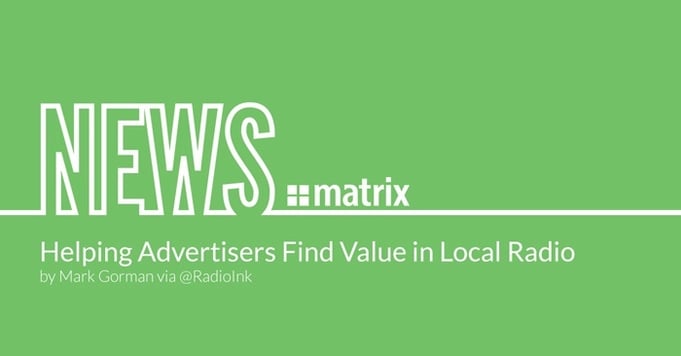Published in RadioInk, by Mark Gorman
Is local radio advertising worth the money? Simply put, yes. With U.S. digital advertising poised to make $83 billion in revenue this year, some advertisers are now finding it difficult to make the case for radio – especially local radio. After all, it is easier and more satisfying to see the results provided by digital advertising campaigns, using established metrics like traffic, leads, reach, click-through numbers, conversions, and other analytics. Numbers make people feel good. But with radio, the data may not be as cut-and-dry.
The value of local radio ads naturally hinges on the value that advertisers feel they are receiving from them. For example, many advertisers find value in the cost of local radio ads – they are inexpensive to produce, as the announcer often reads them (porting his/her reputation to the advertiser), and it is not necessary to create content beyond the initial script. Other benefits to local radio ads include an ability to air them quickly if a station has open advertising slots on its program log, and that they are ideally suited to a smaller, more targeted demographic that is interested in appealing to the local community.
Radio has reach. According to BIA/Kelsey’s 2016 Local Advertising Forecast, radio was among the top five media formats contributing to the local media pie, representing $15.4 billion in revenue and an 11 percent share of market. Edison Research’s The Infinite Dial 2017 reported that 82 percent of adults (18 years old or older) have listened to AM/FM radio in their car in the last month. In fact, 47 percent of these listeners report tuning in to AM/FM radio “most of the time” in their cars. And according to the Nielson Company, nearly 250 million people (12 years old and older) listen to more than 13 hours of radio each week.

